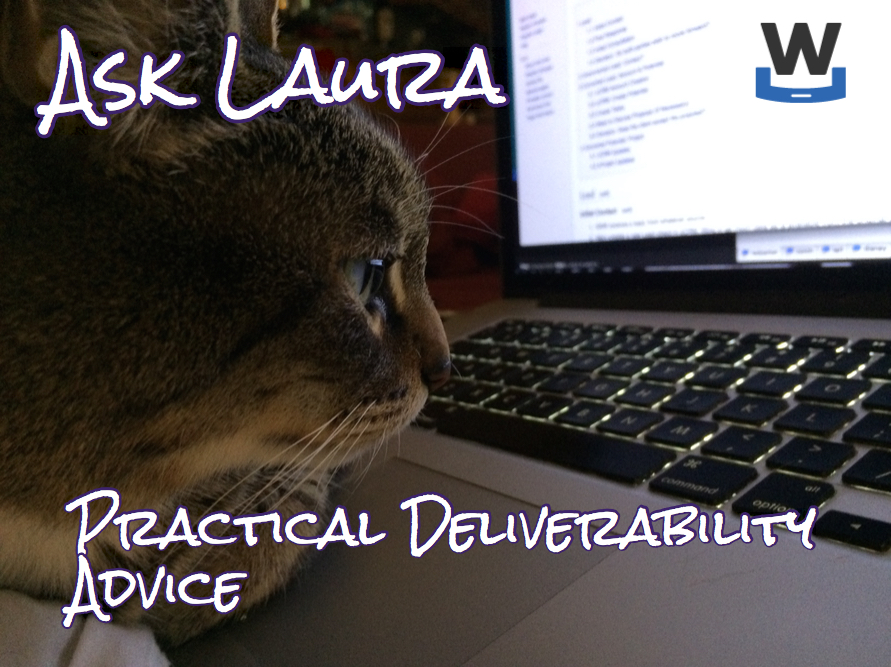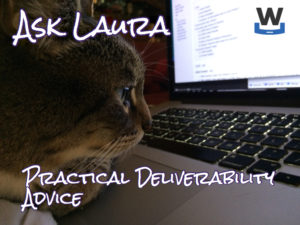SPF ?all
- laura
- July 21, 2016
- Best practices
The most read post on the blog is Authenticating with SPF: -all or ~all. In fact, it’s in the top 5 posts every single day. We still get comments on it, too. Usually from folks who disagree with my recommendations.
I still stand by my recommendations, though. It doesn’t really matter if you choose ~all or -all in your SPF records. Why? No major provider is rejecting mail solely because of a SPF fail. They may bulk the mail, but they won’t reject it. That’s why, in a deliverability context, it doesn’t matter which one you choose.
My one rule for SPF is never use ?all. Just. No. In the spec, ?all is “testing” mode. But it really is a signifier that the person who put the SPF record together doesn’t know what they’re doing. Unless they really are testing, but even then you shouldn’t see ?all on records for weeks or months.
~ or – never ?


